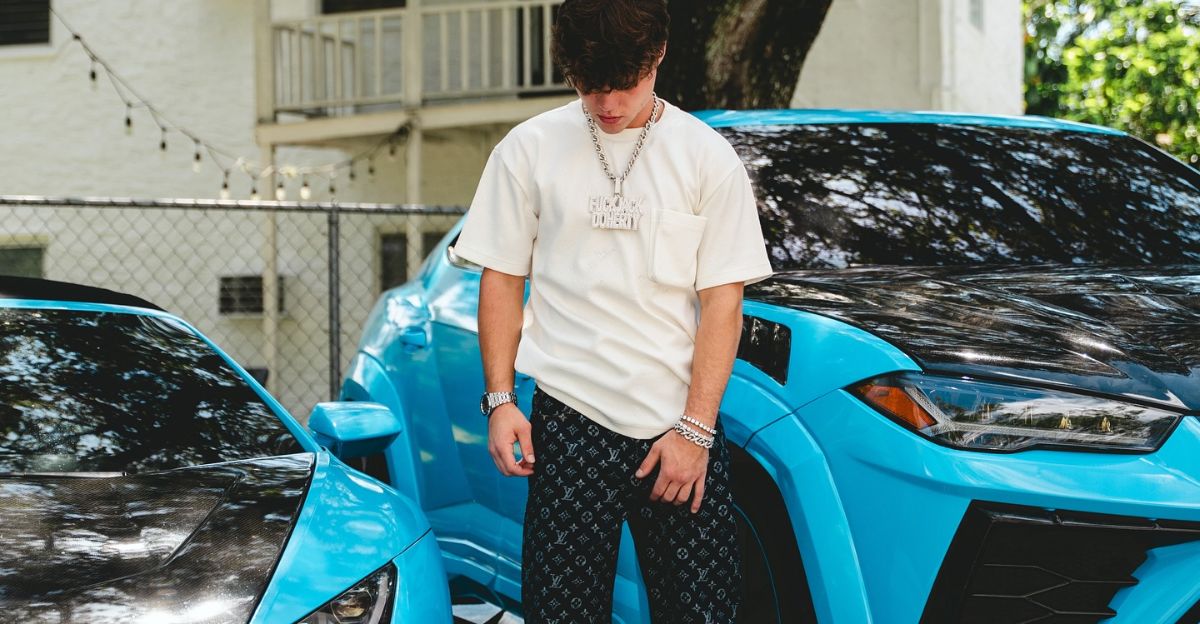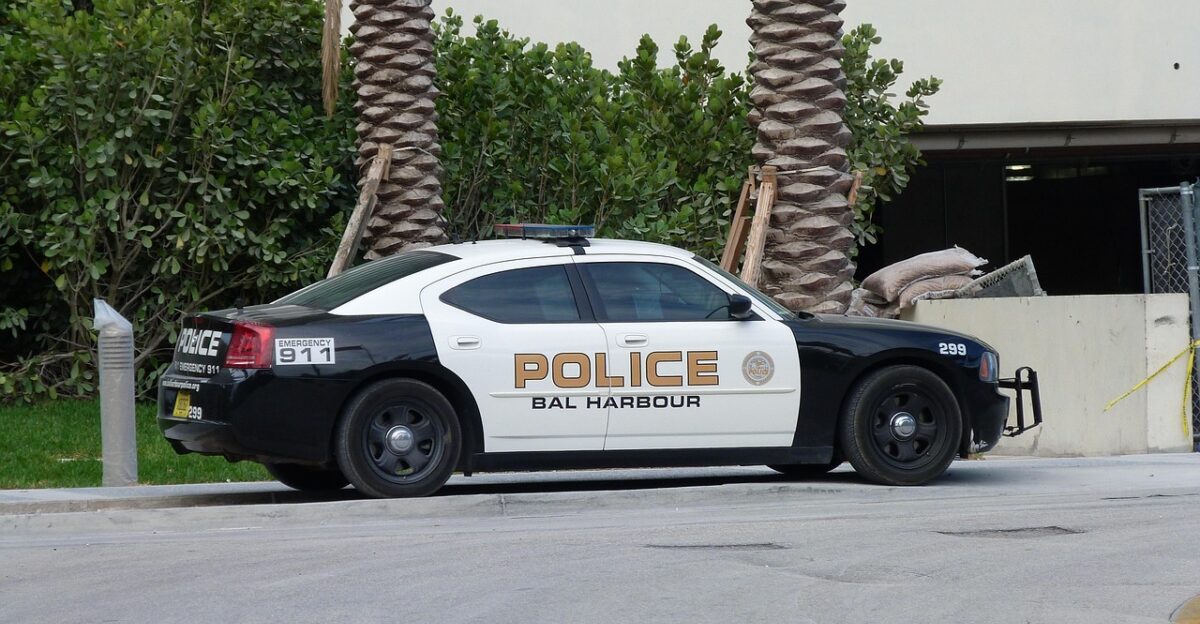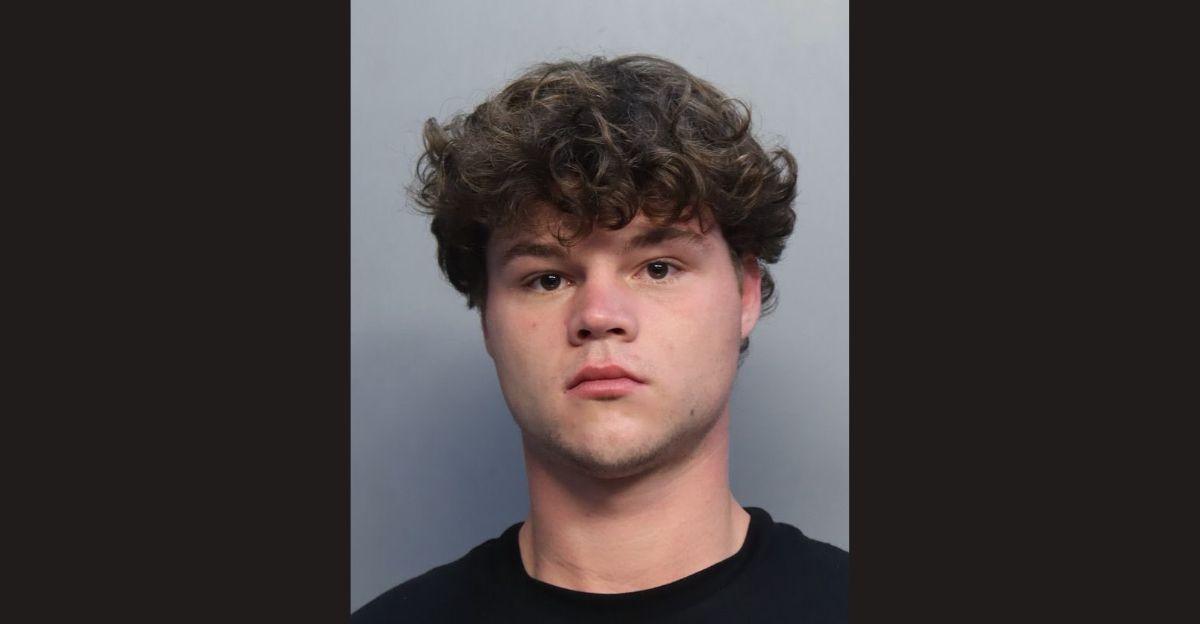
Jack Doherty’s arrest on Miami Beach’s Washington Avenue in November 2025 thrust the collision of influencer culture and law enforcement into the national spotlight. With over 15 million YouTube subscribers and a massive following across TikTok and Instagram, Doherty’s every move is watched by millions—yet his latest high-risk stunt has landed him in serious legal jeopardy. The incident, which unfolded in the heart of Miami’s Entertainment District, raises urgent questions about the boundaries of online fame, public safety, and the future of influencer accountability.
A Meteoric Rise and Mounting Legal Risks

Jack Doherty, born in 2003 and originally from Long Island, built his online empire on viral pranks and daring stunts, amassing billions of views since launching his channel in 2016. His content, which appeals primarily to viewers aged 13 to 24, has propelled him into the top tier of global creators. In recent years, Doherty relocated from Los Angeles to Fort Lauderdale, placing him squarely within Miami-Dade’s jurisdiction—a move that has brought him into frequent contact with local law enforcement.
Despite his digital reach, Doherty’s influence has not shielded him from legal consequences. The Miami Beach Police Department, determined to counter the perception of celebrity immunity, arrested Doherty after he repeatedly ignored police commands during a filmed stunt on a busy roadway. The department emphasized its commitment to holding all individuals accountable, regardless of their online status, and Circuit Judge Carlos Gamez now presides over the case. The outcome could set a precedent for how authorities nationwide respond to influencer misconduct.
Community Backlash and Economic Fallout

Local officials have responded forcefully to Doherty’s actions. Miami Beach Commissioner Joe Magazine publicly condemned the stunt, underscoring the city’s expectation that all visitors—famous or not—respect local laws and law enforcement. This stance reflects growing political and community pressure to ensure that high-profile figures do not undermine public order.
The incident’s impact extends beyond Doherty and his crew. The Washington Avenue Business Improvement District, which has worked to boost commercial activity and pedestrian safety, now faces renewed concerns about the destabilizing effects of unsanctioned stunts. Hospitality venues, retailers, and property investors depend on predictable, safe conditions; disruptions threaten years of progress and could prompt calls for stricter filming regulations and increased security.
Inside the Stunt and Its Consequences

Doherty’s November 15 stunt involved stepping into active traffic, disregarding repeated police instructions in pursuit of viral content. Body camera footage captured both his intent to complete the “bet” for his audience and officers’ mounting frustration. The arrest unfolded quickly: police detained Doherty in the early morning hours, booked him by mid-morning, and released him on bond that evening. Within hours, Doherty posted celebratory videos online, blurring the line between legal jeopardy and entertainment.
The charges are serious. Doherty faces a third-degree felony for possession of amphetamines, as well as two first-degree misdemeanors for marijuana possession and resisting an officer without violence. If convicted, he could face up to seven years in prison and $7,000 in fines. The legal exposure extends to his content team, which numbers between five and twelve members and is directly involved in producing and distributing his videos. Sponsorships, merchandise sales, and agency representation are all at risk, with potential contract terminations and financial losses looming.
A Pattern of Escalation
This is not Doherty’s first brush with controversy. In October 2024, he livestreamed a high-speed car crash that injured a crew member, resulting in a permanent ban from the streaming platform Kick for endangerment. Subsequent incidents—including a physical altercation and a serious e-bike accident—have highlighted a pattern of escalating risk and platform enforcement. Each event has increased scrutiny from both authorities and the platforms that host his content.
The November arrest coincided with Miami Beach’s heightened spring break enforcement, including DUI checkpoints and increased police visibility. These measures reflect a broader trend: cities worldwide are investing in public safety and developing new strategies to address the challenges posed by influencer-driven spectacles.
The Road Ahead for Influencer Oversight

Doherty’s case has become a flashpoint in the debate over influencer accountability. As law enforcement agencies adopt more proactive, strategic approaches—including social media monitoring and influencer-specific protocols—creators face growing pressure to balance audience engagement with legal and ethical boundaries. The economic stakes are high: a single felony conviction can trigger sponsor withdrawals, algorithmic suppression, and long-term financial instability.
For Miami Beach, the incident underscores the delicate balance between fostering a vibrant entertainment district and maintaining public safety. For the influencer industry, it signals a turning point. As audiences, platforms, and authorities demand greater responsibility, the rules of online fame are being rewritten. How creators and cities adapt will shape the future of digital entertainment and urban policy for years to come.